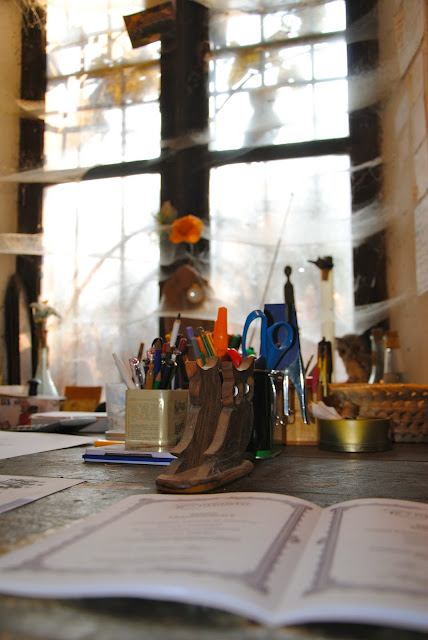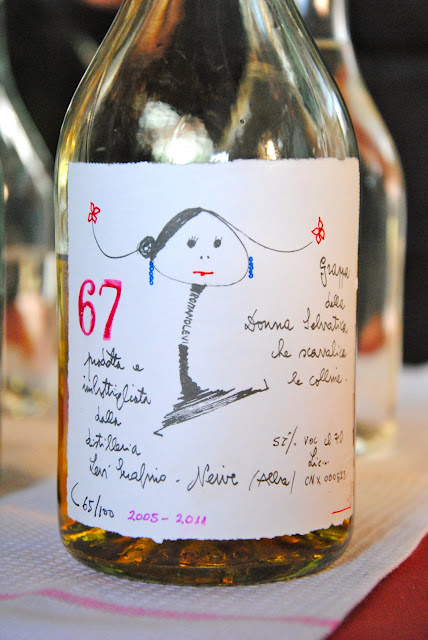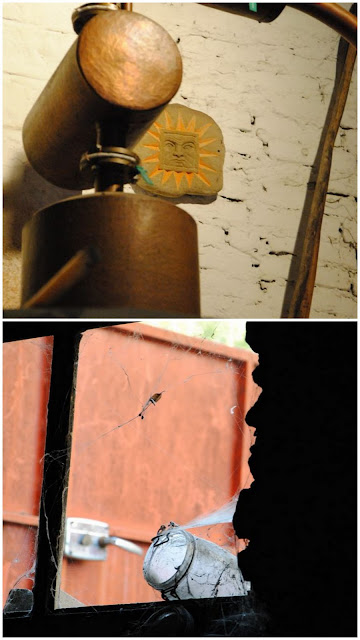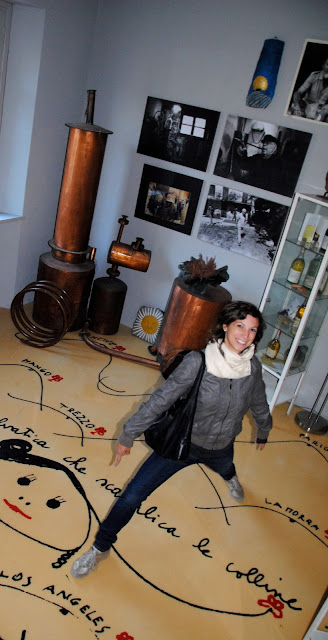Rumor has it that the pint-sized grappaiolo Romano Levi, denied giving bottles to celebrities like food and wine legend, Luigi Veronelli when they showed up at his door. He didn’t do it out of spite but perhaps he just didn’t realize how “important” these visitors were. After all… he had never left his tiny village in Langhe (Neive) and never even wished to. Or perhaps if he didn’t feel a good vibe with someone he simply would just say no, as I heard was the case with Italian skiier Alberto Tomba.
Last weekend we went to visit this world renowned distillery in Neive, Piemonte. Since I am not quite the grappa fan, I hadn’t even heard of this place before. It didn’t take long to find out what an impact Romano Levi’s grappa and especially his story has had on people all over the world. We gathered around roasting chestnuts and grappa samplings and also toured Romano’s legacy.
Every year in September he would methodically light the still himself. We were there for the official lighting ceremony with the new owners. However, I was lucky to hear just a few of the many quirky stories straight from his friend who owned the the trattoria at the local train station. Unfortunately now that Romano Levi is no longer with us, facts may easily turn into fiction with the passing on of these peculiar but lovable stories.
One such example was about a rock in his garden which was dirty and covered in moss. Romano thought it was feeling “sick”. So in an attempt to cure it, he drilled a hole in the rock and stuck the full grappa bottle upside down just like his homemade IV. He then turned to his friend and said, “he can’t talk but I know he feels better.” “That’s just the way he was…” said his friend with nostalgic eyes.
Romano lived somewhat of a reclusive life from what I gather. He took over the family grappa distillery when he was left orphaned at just 17 years old. He then dedicated the rest of his life to grappa and lived alone with his sister, soothed by writing poetry, drawing and sitting in his magic room. Part of the ambience of this magic working room were the cobwebs which he refused to let anyone touch…they kept him company!
In fact, apart from the actual grappa he made, one of the most special things about him, is that he painted all the labels, each and every one by hand. His own characters like the stick figure “la donna selvatica” or the “wild woman” have become symbolic of the grappa.
He couldn’t produce many bottles a year mostly because he couldn’t keep up with the label painting for them all. Maybe this was the real reason he couldn’t give bottles away to visitors sometimes…because he really hadn’t finished the labels and needed the appropriate time to do them. You can understand now why these limited bottles can be worth thousands and even millions of euros!
Don’t let the fascinating labels take away the spotlight from the quality of the grappa. Part of the reason for such a high quality of grappa is the artisan’s care that he put into each bottle. The philosophy or “norm” for the distillery was sustainable before anyone even knew what that meant. In return for his final product, local winemakers like the legendary Angelo Gaja would give him the “vinaccia” or grape pomace to use as the base for his grappa. From there he would boil the “vinaccia” in old almost ancient copper boilers and tubes which were kept in a shabby sort of garage… of course full of cobwebs.
In order to boil the vinaccia, he would fire up the stills with the previous year’s residue (like a dried must) which he would pack into bricks. These bricks would be used until the fire naturally went out in Spring. Oh but then there are the leftover ashes! And we wouldn’t want to waste those either, would we? He would then scatter those leftover ashes back on the soil underneath his own vines or give it back to the winemakers to fertilize and close the circle. A true example of eco-sustainability!
I will leave you with one last story: He had never been to the movie theater and seen a film before. That is how detached he was. Finally he decided to have this experience one evening. When he walked out of the movies, it was dark outside. “I missed the sunset!”, he exclaimed. For him, this was the first time he didn’t watch the sun go down and he was disappointed. This embodies Romano’s simplicity and makes everything about his grappa special.










Non ho mai bevuto la grappa leggendaria di Levi ma dopo questo post correrò a rimediare a tale misfatto.
Bellissimo post!
Such an interesting story…love the handmade labels!
Thanks! Ibwish i could have met him!
Great job Anna,
We were there with you and and I think there was any other better ways to make your readers feel what we felt there.
Unbelievable!
They said that oak's barrels hidden during second world war and then become bottles, now the value of those "forgotten bottles" are over 1 million each!
Hi, I am a new follower 🙂
wow, your photos are gorgeous, the one of the countryside is stunning